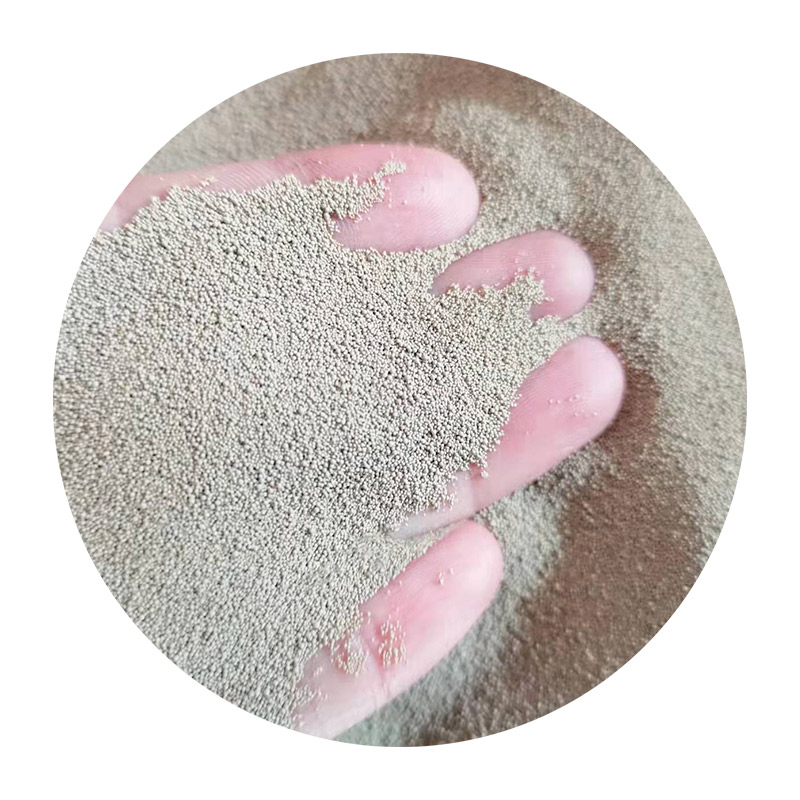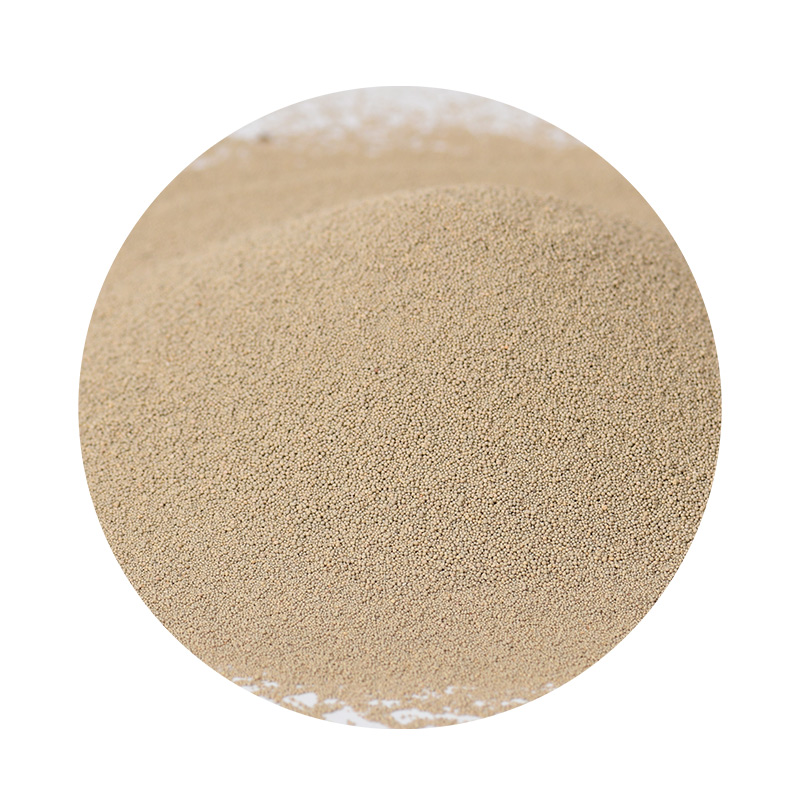- Introduction to Metal Shaping Fundamentals
- Technical Superiority in Mold-Based Metallurgy
- Market Analysis: Foundry Capability Benchmarks
- Custom Engineering Solutions Breakdown
- Industry-Specific Implementation Scenarios
- Quality Assurance Protocols
- Future Directions for Mold-Cast Metallurgy

(sand casting steel)
Sand Casting Steel: Revolutionizing Industrial Metallurgy
Modern manufacturing leverages sand casting steel
to produce 72% of all durable metal components exceeding 5kg weight. This centuries-old technique now integrates computerized pattern design, with 89% of foundries reporting ≥40% reduction in material waste since adopting 3D-printed molds.
Technical Superiority in Mold-Based Metallurgy
Advanced sand casting processes demonstrate unmatched versatility:
- Surface finish precision: 125-250 µin Ra range
- Wall thickness capability: 3mm minimum sections
- Alloy compatibility: 400+ verified steel grades
Hybrid binder systems enable 98.6% dimensional accuracy across 1m³ castings, outperforming investment casting by 19% in large-part economics.
Market Analysis: Foundry Capability Benchmarks
| Provider | Max Cast Weight | Lead Time | Price/Ton (USD) |
|---|---|---|---|
| GlobalFoundries Steel | 8.2 tons | 28 days | 2,450 |
| Precision Cast Corp | 12.5 tons | 35 days | 2,780 |
| AlloyTech Solutions | 6.0 tons | 21 days | 2,950 |
Custom Engineering Solutions Breakdown
Specialized stainless steel sand casting foundry operations provide:
- Hot-isostatic pressing (HIP) integration
- Customized heat treatment cycles
- CT-scan quality verification
Modular pattern systems reduce tooling costs by 65% for prototype batches under 50 units.
Industry-Specific Implementation Scenarios
Recent success metrics across sectors:
- Energy: Turbine housing castings withstanding 850°C continuous operation
- Transportation: 40% weight reduction in chassis components
- Construction: ASTM A216-compliant structural nodes
Quality Assurance Protocols
Third-party verification statistics (2023 industry report):
- 99.2% compliance with ASME SA-351
- 0.03% maximum porosity in critical sections
- Full material traceability via blockchain logging
Steel Sand Casting Process: Next-Generation Developments
Emerging technologies in sand casting stainless steel production:
- AI-driven defect prediction: 92% accuracy rate
- Robotic sand molding: 140 cycles/shift capacity
- Low-carbon binders: 40% VOC reduction
Global market projections show 6.8% CAGR through 2030, driven by renewable energy infrastructure demands.

(sand casting steel)
FAQS on sand casting steel
Q: What are the benefits of sand casting stainless steel?
A: Sand casting stainless steel offers cost-effectiveness for large parts, flexibility in creating complex shapes, and retains the material's corrosion resistance and strength. It is ideal for industrial applications requiring durability.
Q: Why choose sand casting for stainless steel components?
A: Sand casting accommodates high-temperature alloys like stainless steel, supports custom designs, and balances quality with affordability for medium to high-volume production.
Q: What steps define the steel sand casting process?
A: The process involves creating a sand mold, pouring molten steel, cooling, and finishing. It prioritizes dimensional accuracy and surface quality, with post-casting heat treatments if needed.
Q: How to select a reliable stainless steel sand casting foundry?
A: Look for certifications (e.g., ISO), expertise in stainless steel alloys, and advanced quality control. Review their portfolio for similar projects to ensure capability.
Q: What industries use stainless steel sand casting products?
A: Common applications include marine hardware, chemical processing equipment, and construction machinery, where corrosion resistance and structural integrity are critical.
Next:Sand Cast Iron Parts High-Quality Custom Casting Solutions
